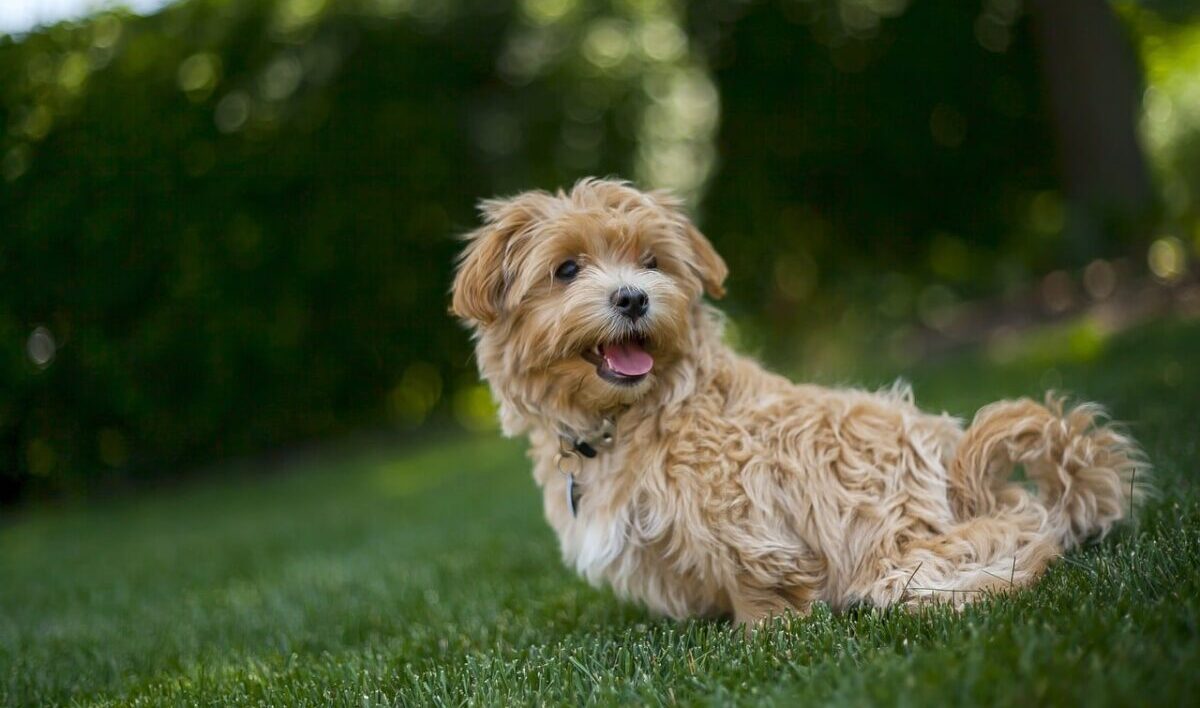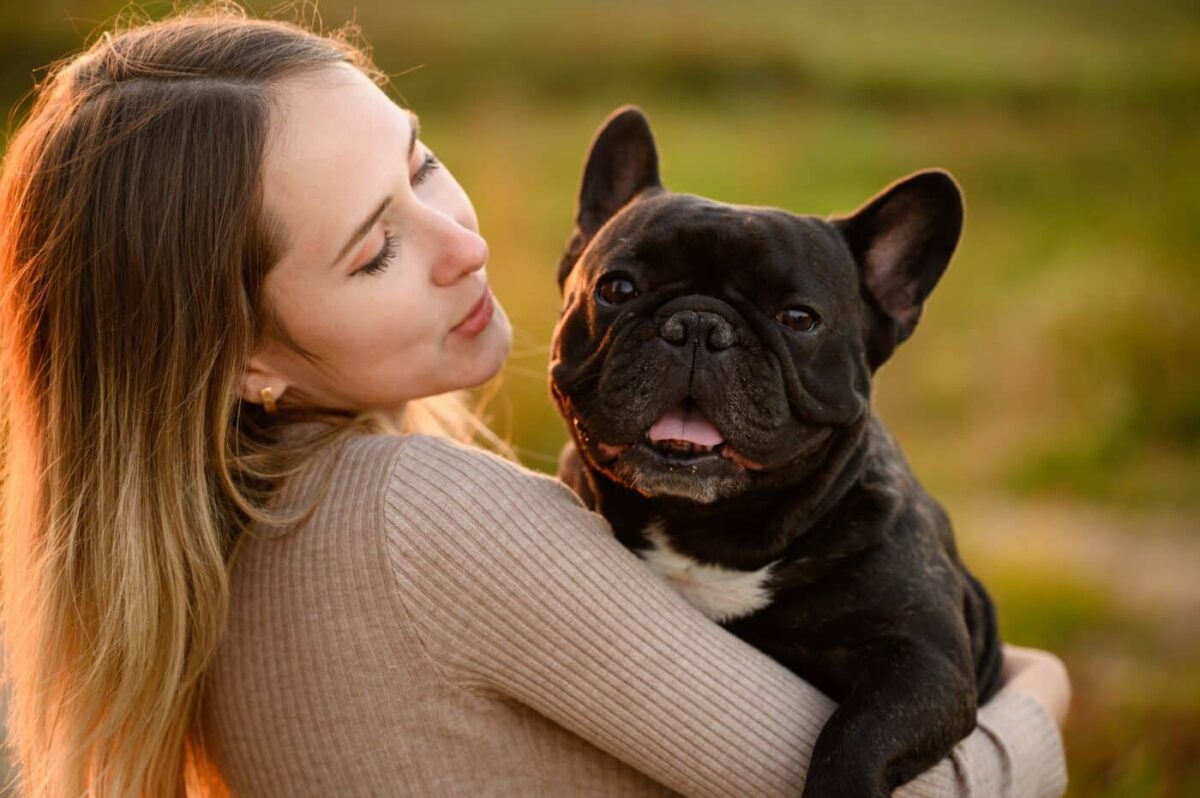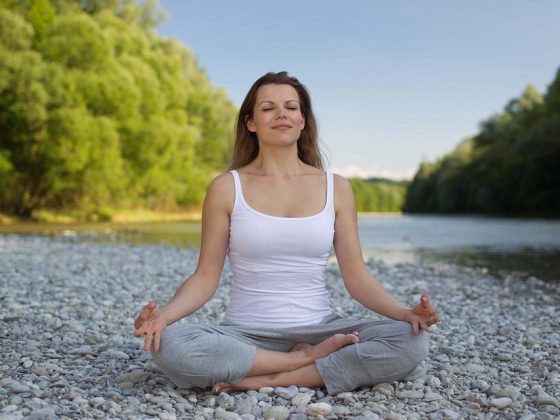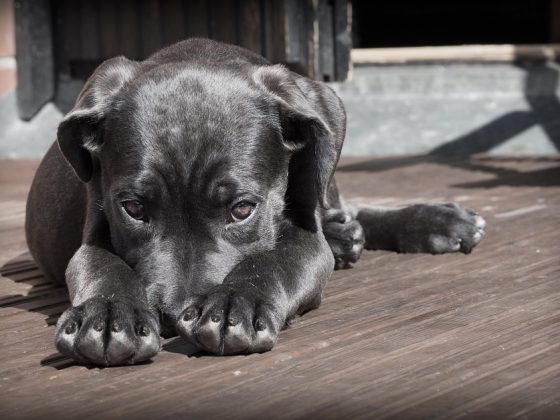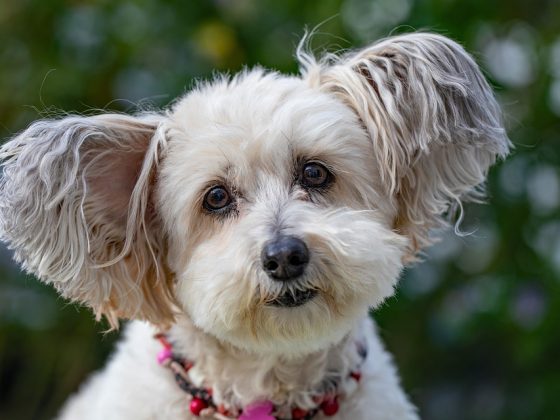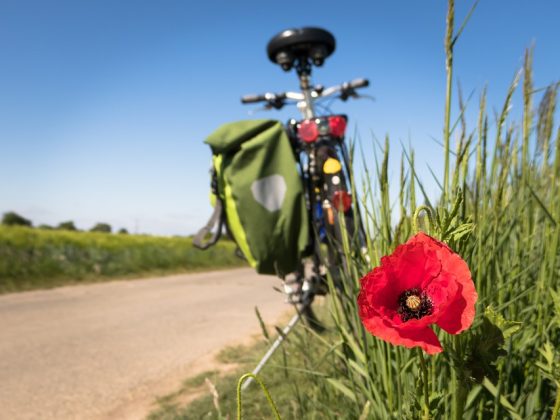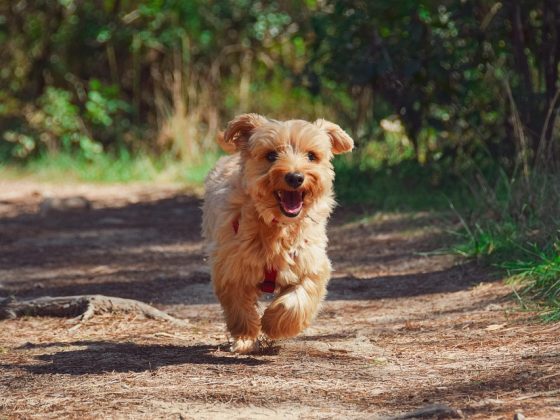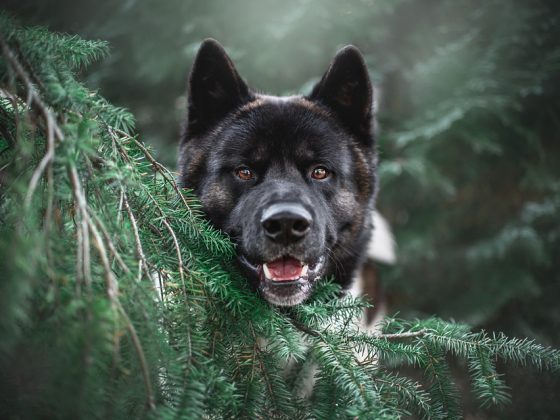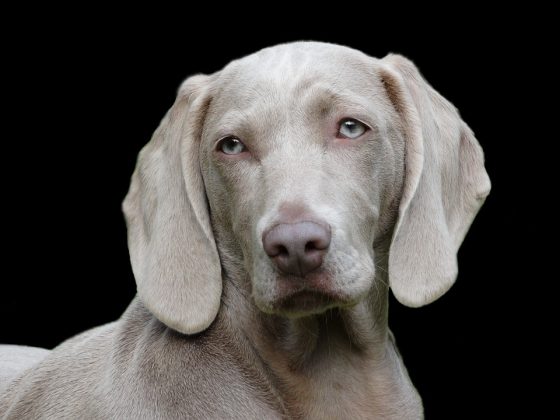Adding a puppy to your family is an exciting time, but it also comes with a lot of responsibility. Just like baby-proofing a home for a new baby, it's important to puppy-proof your home to keep your new furry friend safe. Puppies are curious and can get into mischief, so taking some precautions to ensure their safety is essential. Here are some tips for puppy-proofing your home:
1. Remove hazards: Take a look around your home and identify any potential hazards that could harm your puppy. This includes chemicals, electrical cords, small objects that can be swallowed, and plants that are toxic to dogs. Store these items out of reach or in secure cabinets to prevent your puppy from accessing them.
2. Secure cabinets and drawers: Puppies are known for their curiosity and love to explore, so it's important to secure cabinets and drawers that contain harmful items. Use baby-proofing locks or latches to keep your puppy out of these areas.
3. Block off stairs: Puppies can easily fall down stairs and injure themselves, so it's important to block off staircases to prevent accidents. Use baby gates at the top and bottom of stairs to keep your puppy safe.
4. Keep food out of reach: Many human foods are toxic to dogs, so it's important to keep all food out of reach of your puppy. This includes foods like chocolate, grapes, onions, and avocado. Make sure to securely store all food in cabinets or on high shelves.
5. Remove choking hazards: Puppies love to chew on things, so it's important to remove any small objects that could be a choking hazard. This includes rubber bands, coins, and small toys. Keep these items out of your puppy's reach to prevent accidents.
6. Hide electrical cords: Puppies love to chew on things, including electrical cords. To prevent your puppy from getting shocked or injured, secure electrical cords out of reach or use cord protectors to cover them.
7. Provide a safe space: Create a safe space for your puppy where they can relax and feel comfortable. This can be a crate or a designated area with their bed and toys. Make sure this space is free of hazards and is a place where your puppy can feel secure.
8. Supervise your puppy: One of the best ways to keep your puppy safe is to supervise them at all times. Keep an eye on your puppy when they are exploring the house and make sure they aren't getting into anything they shouldn't.
9. Keep doors closed: Puppies are notorious for escaping through open doors, so it's important to keep doors closed to prevent them from running out into the street. Make sure to keep an eye on your puppy when opening doors and teach them to wait before going outside.
10. Consult with your veterinarian: If you have any concerns about puppy-proofing your home or keeping your puppy safe, don't hesitate to reach out to your veterinarian for advice. They can provide guidance on how to create a safe environment for your new furry friend.
FAQs:
Q: How can I train my puppy to stay off furniture?
A: To train your puppy to stay off furniture, use positive reinforcement techniques such as treats and praise when they stay off the furniture. You can also use deterrents like aluminum foil or double-sided tape to discourage them from jumping on the furniture.
Q: What should I do if my puppy ingests something harmful?
A: If your puppy ingests something harmful, contact your veterinarian immediately. They can provide guidance on what steps to take and may recommend bringing your puppy in for treatment.
Q: How can I prevent my puppy from chewing on things?
A: To prevent your puppy from chewing on things, provide them with appropriate chew toys and bones to redirect their chewing behavior. You can also use bitter apple spray or other deterrents on objects you don't want your puppy to chew on.
Q: How can I keep my puppy safe when I'm not home?
A: When you're not home, confine your puppy to a safe space like a crate or a puppy-proofed room. Make sure to remove any hazards and provide them with food, water, and toys to keep them entertained.
In conclusion, puppy-proofing your home is essential to keeping your new furry friend safe. By following these tips and taking precautions, you can create a safe environment for your puppy to thrive in. Remember to always supervise your puppy, provide them with a safe space, and consult with your veterinarian if you have any concerns. With a little effort and attention to detail, you can ensure your puppy stays safe and healthy in their new home.


